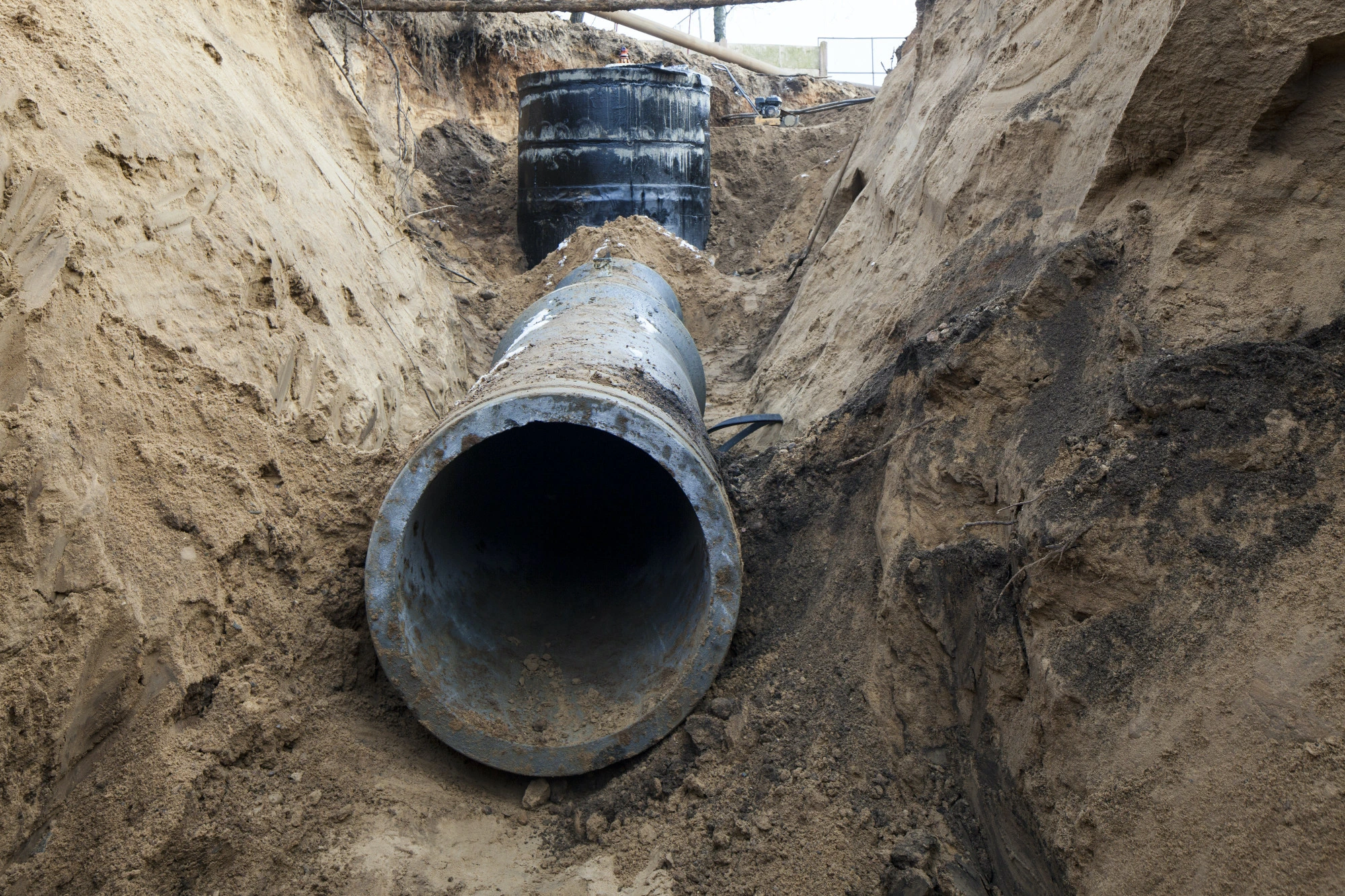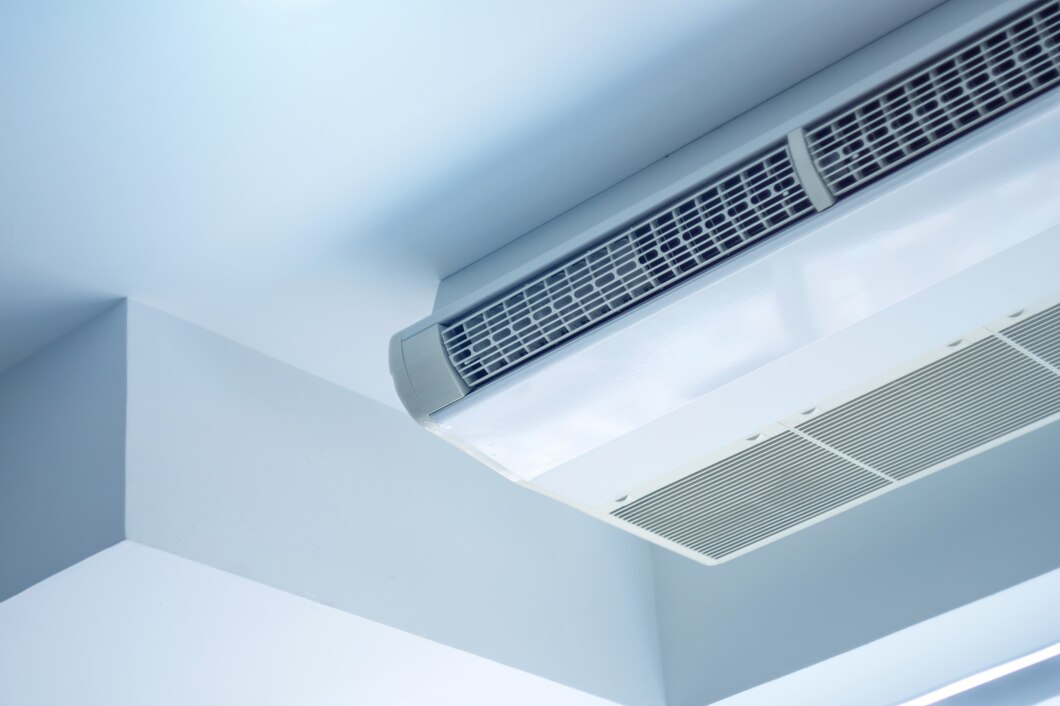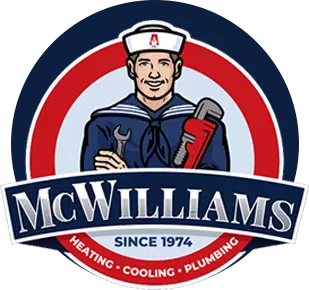Blog
Introduction
While the sewer system in Washington, DC, isn’t the oldest in the world, it’s the oldest in the United States. With a history going back to 1810, the DC sewerage system started as a solution to drain storm and groundwater from city streets. Twenty-five years later, the city of Springfield, TX—now Livingston—likely had access to a bit more advanced plumbing systems.
Today, the sewer lines in Livingston homes and businesses efficiently handle wastewater using the best modern plumbing technology.
This article offers an overview of your sewer line. We’ve even included tips on what to do when you need sewer line repair. Take a minute and explore an essential component of your plumbing system.
Where Is Your Sewer Line?
The only time you’ll ever see a sewer pipe is if one develops a break. That’s because sewer lines are usually buried 1-6 feet underground. What you can see is the cleanout point.
Look in the basement, crawl space, or garage to find an indoor cleanout. Outside, you can usually locate the cleanout by finding a 4-inch pipe with a screw top. The top will have a square knob on top.
Why should you care about finding the cleanout points? They lead to the main sewer line, and plumbers often use them to access sewer lines.
Plumbers typically install sewer lines 16” – 36” away from the foundation. Still, if you need to find the lines yourself, the city of Livingston should have a map showing the location of underground utility and sewer lines.
Types Of House Sewer Lines
Most homes located inside city limits connect to the public sewer system. Your home may be connected to a septic system in rural areas.
Think of a septic system as a private wastewater treatment system. The public sewer system is maintained by taxes collected from home and business owners.
Regardless of how you manage wastewater from your home or business, you are responsible for maintaining and repairing the sewer lines.
These are the different types of sewer lines found in Livingston homes:
- Sanitary Sewer Line
- Storm Sewer Line
- Combined Sewer Line
A combined sewer line collects waste and stormwater. While that may sound more efficient than installing multiple lines, combined sewer lines can cause stress on the public sewer system.
How Does A Sewer Line Work?
Every home has a series of drains connecting to sinks, tubs and showers, toilets, and water-using appliances like washing machines and dishwashers. After it goes through the drains, wastewater enters the sewer line. The sewer line carries wastewater to the city’s main sewer line.
After entering the city sewer line, wastewater flows to a water treatment plant.
Gravity is the driving force. Most cities locate water treatment facilities in low-lying areas to make gravity work easier. City sewer main lines often follow the path of creek beds because they flow downhill.
How Do You Manage Sewer Line Repair?
You’ll need to manage a sewer line issue if you live long enough in a house. It’s almost inevitable to have a clogged sewer line at least once during your lifetime.
While some homeowners can use DIY skills to break up a minor clogged sink or toilet, a sewer line clog usually requires help from a professional plumber.
Using the sewer cleanout, your plumber will access your plumbing system. They can perform a sewer line inspection from the cleanout, often using a video run through the sewer line.
If you need sewer line cleaning, plumbers use the same access point. For dense clogs or tree root infiltration, plumbers often use a high-pressure technique called hydro jetting.
Call Us For Sewer Line Repair
Knowing where to find sewer lines is essential to owning a home. Understanding how they work will help when you need to have a conversation with a repair specialist.
Regarding sewer line repair, it’s best to call a professional who understands plumbing systems. The heating and cooling experts at McWilliams Heating, Cooling and Plumbing have taken care of Livingston area residents’ HVAC and plumbing issues since 1974.
Contact us today for service.
Share This :
Emily
Table of Contents
Discover New Blog Posts
A well-functioning air conditioning (AC) system is essential for maintaining home comfort, especially during the warm months in places like Splendora. When your AC unit […]
The summer heat is right around the corner, and with it comes increased use of air conditioning systems in Shepherd. A well-maintained AC condenser unit […]
Air conditioning systems have become an essential part of modern living, providing much-needed comfort during the warm months. In Cleveland, where temperatures can rise significantly, […]







 7
7 
